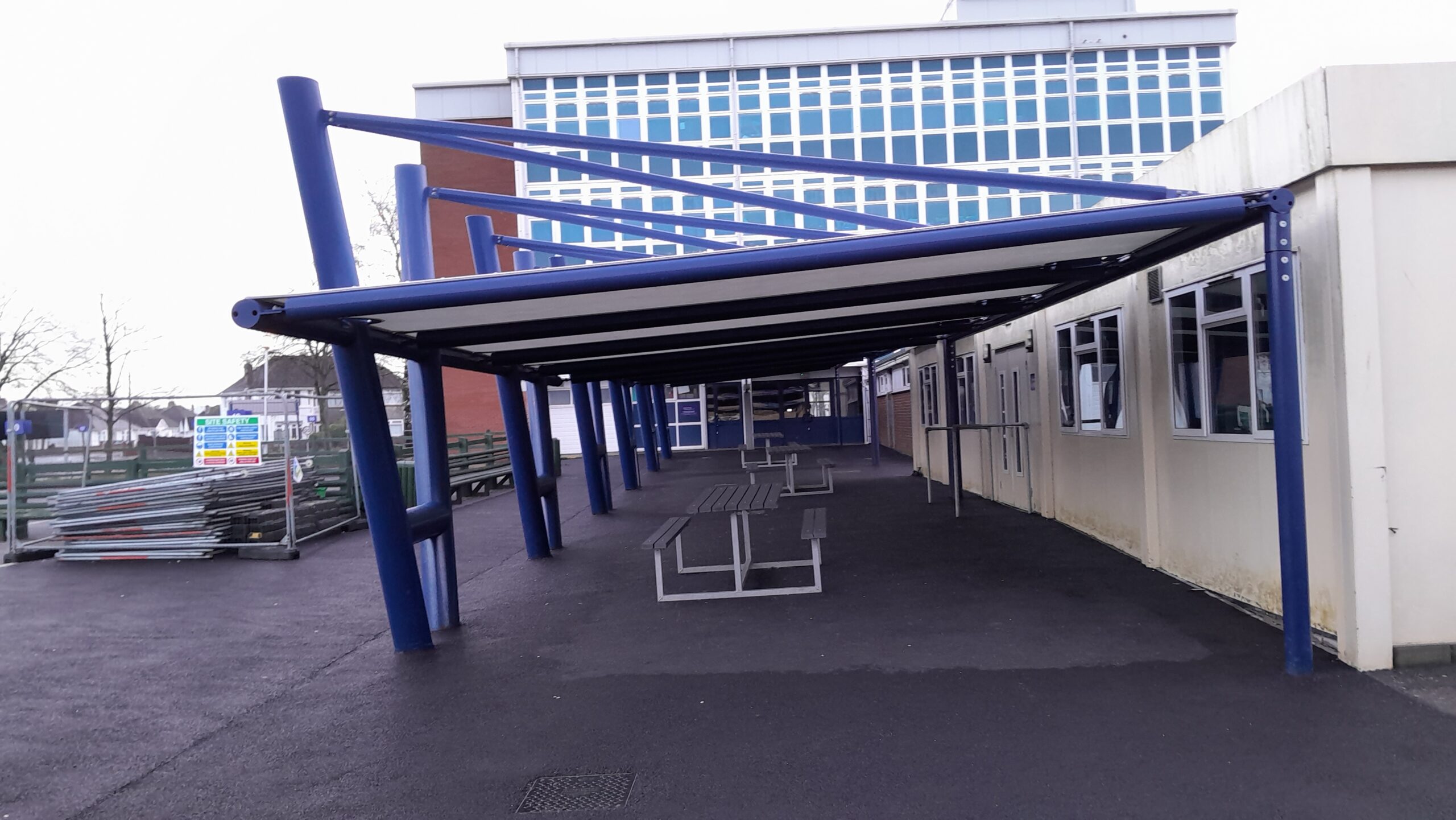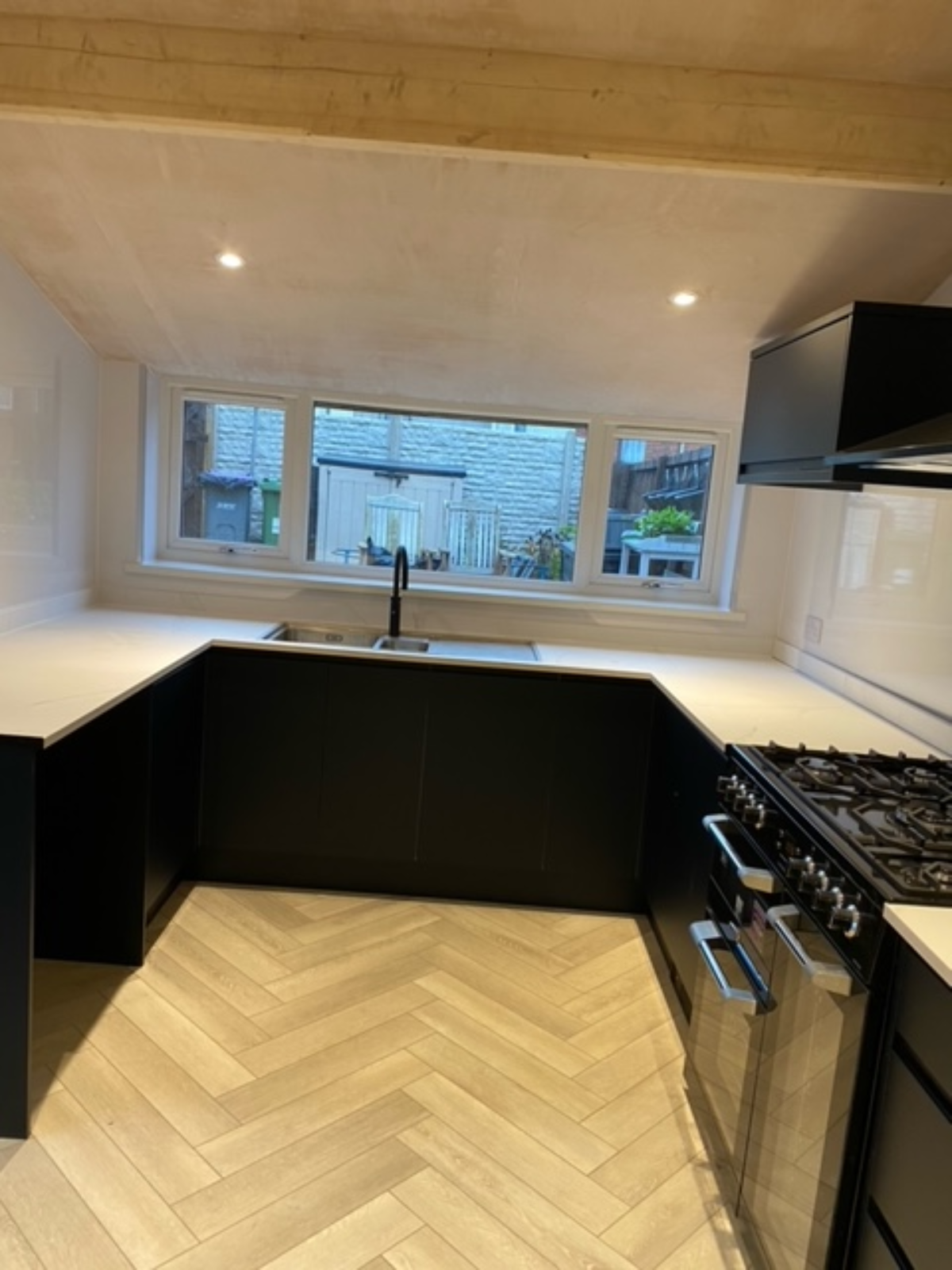Understanding the difference between load-bearing and non-load-bearing walls is crucial for any homeowner contemplating renovations or modifications to their home’s structure. These walls serve distinct purposes, and recognising their roles can help ensure the stability of your home while allowing for safe modifications. This article provides a comprehensive guide on differentiating these walls, underscores the importance of load-bearing walls, discusses structural considerations in wall removal, and highlights the role of a structural engineer in wall modifications.
Differentiating Load-Bearing and Non-Load-Bearing Walls: A Primer for Homeowners
Load-Bearing Walls
Load-bearing walls are the backbone of your home’s structure. They support the weight of the house above, distribute loads to the foundation, and provide structural integrity. Typically, exterior walls are load-bearing, but interior load-bearing walls also play a crucial role, especially in multi-story buildings.
Identifying Features:
- Positioned over beams or foundations
- Run perpendicular to floor joists
- Often found in the centre of the house
Non-Load-Bearing Walls
Non-load-bearing walls, also known as partition walls, primarily serve to divide spaces within a home and do not carry any structural weight. These walls are more flexible in terms of removal and modification.
Identifying Features:
- Do not support any structural weight
- Run parallel to floor joists
- Can be removed without affecting the structure’s integrity
The Importance of Load-Bearing Walls in Home Stability
Load-bearing walls are integral to the structural stability of a home. They support significant weight from the roof, floors, and ceilings, transferring these loads to the foundation. Any modifications to these walls require careful planning and execution to avoid compromising the home’s stability, which could lead to serious safety hazards.
Structural Considerations in Wall Removal: Consulting a Structural Engineer
Before removing any wall, it’s crucial to determine whether it’s load-bearing. Mistakenly removing a load-bearing wall can result in structural damage, risking the safety of the occupants. Here’s where a structural engineer’s expertise becomes invaluable.
Why Consult a Structural Engineer?
- Assessment: They can accurately identify load-bearing walls and assess the potential impact of their removal.
- Planning: Provide detailed plans on how to safely remove or alter a wall.
- Permitting: Help in obtaining necessary permits, ensuring that modifications meet local building codes.
Renovating with Confidence: The Role of a Structural Engineer in Wall Modifications
Involving a structural engineer in renovations that involve modifying walls ensures that your project is both safe and compliant with local building regulations. They can design solutions that maintain or enhance your home’s structural integrity while achieving your renovation goals.
Checklist for Homeowners Considering Wall Modifications
- Identify the Wall Type: Use the identifying features mentioned to determine if the wall is likely load-bearing.
- Consult a Structural Engineer: Before making any decisions, get a professional assessment.
- Review Plans and Permits: Ensure that you have the correct plans and permits in place before starting work.
- Understand the Process: Be clear about the structural engineer’s recommendations and how the modifications will be carried out.
- Monitor the Renovation: Stay engaged with the renovation process to ensure that the modifications are completed according to plan.
Conclusion
Differentiating between load-bearing and non-load-bearing walls is essential for any homeowner planning renovations. Understanding the role and importance of these walls ensures that your home remains safe and structurally sound. Consulting with a structural engineer before making any changes can prevent costly mistakes and provide peace of mind that your renovations are conducted safely and within legal requirements. By following these guidelines, homeowners can renovate with confidence, knowing they are preserving the integrity and value of their homes.











